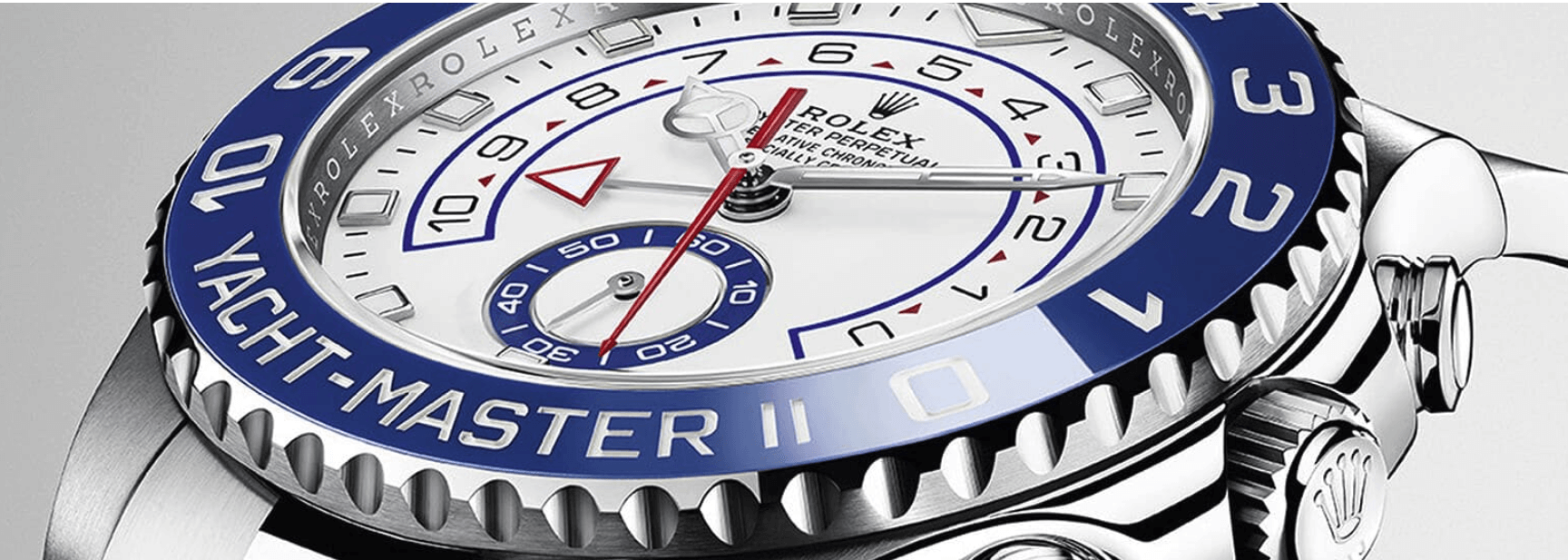
7 Ways to Get More Sales for High-Price and Luxury Goods
Learn how your luxury brand's ecommerce site should be utilizing conversion rate optimization to prequalify prospects and increase average order value.
Smart marketing isn’t a one-size-fits-all procedure. Luxury goods and high-price products require special treatment – right? Rolex doesn’t have a display at Walmart, and for good reason.
Top-end sellers often ask, “How can conversion rate optimization work for my ecommerce site? We’re not a commodity shop, and our prospects don’t fit the mass merchandise customer profile. We’re much different.”
I couldn’t agree more. Luxury goods are different and that’s exactly why they need conversion rate optimization (CRO). Luxury brands need CRO help even more than the Walmarts of the world.
Luxury brands need CRO help even more than the Walmarts of the world. Click To TweetIf you’re an ecommerce manager for high-price products, this article is for you. I’m going to bust the myth that conversion rate optimization doesn’t work for premium and luxury products. Then, I’ll suggest ways you can cultivate more conversions for your high-end brand.

Why CRO is essential for luxury goods and high-price products
Ecommerce managers are prone to focus their marketing dollars on getting more traffic rather than on finding out how to convert more traffic. Part of that mindset comes from the idea that “sales is a numbers game.”
Any high-performing salesperson will tell you flat out that it’s better to have high-quality leads than to have a lot of leads. Traffic generation without CRO consideration can cost more than it’s worth. When sound CRO principles are leveraged, your visitors are pre-qualified prospects already on the path to becoming customers — and pre-qualification is especially important when you’re selling luxury goods.
Ecommerce managers can also fall for the idea that conversion rate optimization is a one-and-done project. Well-meaning managers who wouldn’t dream of stopping their lead generation activities for a nanosecond are content to optimize their path to sales once every few years or so.
That’s a huge mistake.
While you’re trying to drive more traffic to pages that are already converting poorly, the competition is optimizing their pages for existing traffic . They know it’s considerably more likely and less expensive to boost their conversion rate from two percent to four percent than it is to double their traffic.
Here’s something else to consider: conversion rate optimization doesn’t only help turn more visitors into buyers, it also helps push your average order value higher. The savings on ad spend alone often justify budgeting for a CRO upgrade.
Conversion rate optimization doesn’t only help turn more visitors into buyers, it also helps push your average order value higher. Click To Tweet
7 CRO tips for selling high-price products
The list below is by no means exhaustive. It discloses a variety of tactics we’ve used here at The Good to help companies boost sales of their luxury goods. My aim is to help generate ideas you and your team can use in your own conversion rate optimization projects.
If you have questions about the process, call us. Helping you attract the best prospects, increase conversions, and get more return on your marketing investment is exactly the kind of work we like best.
Here are seven suggestions to help kickstart your planning:
1. Give your high-price product the high-quality presentation it deserves
Walk into a physical store that sells high-end products. Observe how they pay attention to details in their lighting, clarity, color scheme, whitespace, etc., and note how the mood they set drips extravagance. Then go do the same digitally. Your virtual store should create that same feeling for visitors.
2. Make your unique selling points shine.
The importance of the unique selling point is proportional to the price of the product. Highlight rarity, scarcity, components… whatever exceptional features your goods possess. High dollar means high status. Make sure your prospects understand clearly that your store isn’t for everyone. Your products are exclusive, just like those who buy them.
Enjoying this article?
Subscribe to our newsletter, Good Question, to get insights like this sent straight to your inbox every week.
3. Consider adding customization to make your luxury goods one of a kind.
Can you find a way to truly make your products one of a kind? Is there a customization process you can leverage? Maybe you can’t handcraft each item like Nike does with NikeID, but can you number the items and sell limited quantities of each edition or find some other way of making each exceptionally special?
4. Look closely at the traffic you’re attracting.
The “any traffic is good traffic” theory is nowhere as mistaken as it is in the luxury goods industry. You may be getting plenty of traffic, but is it the right traffic? If not, you’re wasting money on both ends. Not only does it cost to attract visitors to your site, but traffic that bounces away immediately is contrary to your SEO efforts and can push the cost of your ads higher. A savvy conversion rate optimization team will make traffic acquisition analysis a primary consideration.
5. Develop exclusive online offers for your luxury goods.
Can you come up with a way to provide online-only products or packages? That can draw prospects who have been reluctant to shop online and give you a reason to include them in your email marketing campaigns.
6. Provide online chat and stellar customer service.
Commodity and low-priced products don’t require much hand-holding, but premium product sales can be enhanced by adding special chat and customer service options to the path to sales. Nordstrom, for instance, is famous for personalized service. You can create a similar experience online. Premium brands should offer personal assistance every step of the way.
7. Use creative video, spectacular images, customer reviews, and well-crafted product descriptions.
Not only should your presentation aim to match the feel of an in-store experience, it should aim to exceed in-store information. The most experienced sales clerk in the most tech-capable store doesn’t have the opportunity you have via your ecommerce site. You can provide search options, put the customer in the driver’s seat, and bring in other happy customers to vouch for the quality of your goods and your company.
Conversion rate optimization is for luxury goods and high-price products too
The next time you hear someone say the way to prop up sagging sales is to get more traffic to the site, take a look at the conversion rate: divide the number of sales last month (not the dollar amount of sales) by the number of visitors to the website last month, then multiply by 100 to determine the percent of visitors who became buyers.
The Adobe Digital Trends report puts the average ecommerce retail conversion rate at under three percent. For most companies, it would be far less expensive to double the present conversion rate than to double the current amount of traffic. I mentioned this earlier, but it bears repeating: if you’re more concerned about driving traffic than about converting more of your existing visitors to buyers, you’re missing the picture.
At the finish line, the business success of your luxury brand is not measured by how much traffic you can generate—it’s gauged according to how much revenue you’ve earned from those visitors. Advertising can draw people to your offers, but CRO meets them at the entry and guides them through to check-out.
To get a look at the stuck points blocking your path to sales, here’s a gift from me to you: Score Your Site. Learn how to make the most from the website traffic you have before spending more money on increasing that traffic.
Resources:
- Why Your CRO Best Practices Aren’t Working
- How To Make A Compelling Case For CRO In Your Budget
- Conversion Rate Optimization Essentials: The Master Guide

About the Author
Jon MacDonald
Jon MacDonald is founder and President of The Good, a conversion rate optimization firm that has achieved results for some of the largest online brands including Adobe, Nike, Xerox, Verizon, Intel and more. Jon regularly contributes content on conversion optimization to publications like Entrepreneur and Inc. He knows how to get visitors to take action.